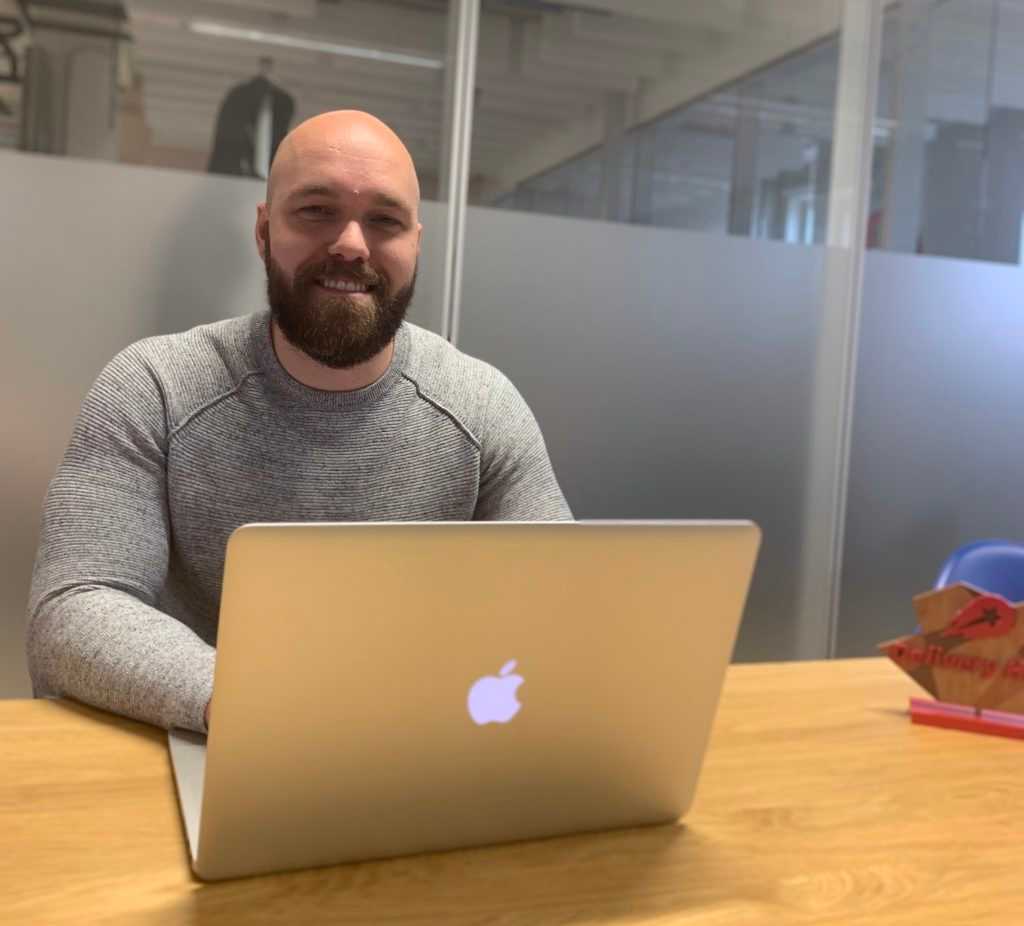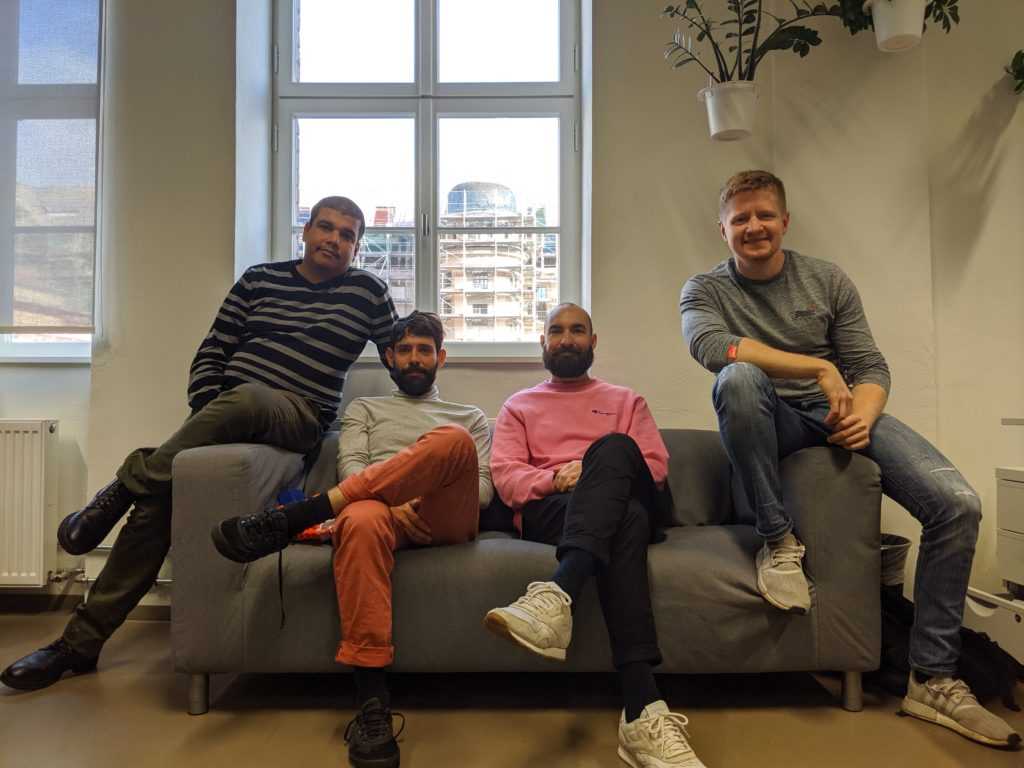There are many ways that we impact customer experience. While traditional product and tech teams focus their work on creating a seamless ordering experience, working on our Automation and Support team means contributing to a positive customer experience after placing an order, especially when something goes wrong at some point in the ordering or delivery process.
It sounds complicated, right? It is! Imagine creating one system that fulfills the expectations of customers in 41 countries, speaking 20 different languages, and being used by around 7000 customer service agents working in 25 contact centers distributed around the world (e.g. Pakistan, Bulgaria, Malaysia, Montevideo, Egypt)! This is what our team is currently setting up.

This means creating a system that:
- Is available 24/7
- Can handle big spikes of traffic when there are big events or certain weather conditions (heavy rain for example)
- Can adapt to different user roles (customer care, restaurant care, dispatching)
- Supports multiple languages
- Is highly configurable to local market needs
And this is just a part of the challenge we’re facing! We also want to be able to use all the data generated by customers, restaurants, riders, and agents in order to continuously improve our products.
You might wonder if there are already systems out there that do this. Yes, there are and we’ll integrate a couple of them. However, we decided to build this system in-house because it means that we can have a roadmap for a product that adapts to our business needs, such as instant delivery by our riders. Moreover, some of our agents are currently using up to 20 different systems every day, which is inefficient and slow making their work more difficult. Creating this one global system that is perfectly adjusted to our business needs and local markets is the best solution for us.
In order to achieve this, we are working on 3 domains:
Automation & Deflection
This domain improves customer experience by providing a global help center with rich self-service capabilities and ensures overall scalability by automating business processes.
We are building a highly dynamic and customizable Help Center to serve customers and restaurants with self-service flows, as well as an Automation Service which involves events from our global tech stack to automate processes like customer compensation, transactional communication and much more.
Agent Productivity
The solutions created here are meant to equip our agents and supervisors on the ground with a highly efficient toolkit to solve customer issues via chat, e-mail, phone, and social media. We want to provide them with a dynamic single view to streamline their work, eliminate the need to interact with any other tool, and to enable them to provide customers with faster and better support.
So, instead of using up to 20 different tools, as was the case in some of our contact centers, customer care agents will find all necessary information in this one tool. This way we’re not only making the customer care team more productive but also improving their working life. Of course, the customer will also be more satisfied by receiving quicker solutions.
Agent Management
We are managing thousands of agents globally in 25+ contact centers. This brings challenges when it comes to forecasting, team sizing, scheduling, quality assurance, and training. We are creating solutions that enable countries to manage large teams effectively. We want our teams on the ground to spot and react to over and understaffing. We want to help them optimize the number of agents needed for the upcoming months based on performance and order growth.
Each of these domains cover an aspect of our business and play a crucial role in improving our support experience.
The exciting part about working in our Automation and Support team is having the opportunity to create a global tool from scratch. Moreover, it is exciting to work closely with our Data Engineers and Scientists, who provide us with data generated by over 2 million orders a day. With this information, we can build decision-based engines that take all this into consideration.
Last but not least, it is super motivating to know that our work will create a huge impact on the work of more than 7000 agents globally, with more than 8 million contacts per month.
To create this overarching tool, we have made the following stack decisions. We choose three different programming languages that fit our needs as a team.
The first one is Golang, widely used across the company and bringing good results. This programming language, supported by Google, has been growing in use worldwide. This helped us a lot when building the team. Golang will be especially used on our agent productivity projects, where performance and concurrency are crucial.
The second major programming language used is Python. Given that we will be creating decision engines, we picked this programming language as most of the Machine Learning tools are written on it, which facilitates smooth integrations. Python will be mainly used for our Automation & Deflection solutions, in which data will support the decisions of a help center solution that enables customers to solve their problems themselves.
Last but not least, we’ll also use Java as there is a large number of graphic libraries provided by this programming language and due to its ease of use.
All solutions will be running on top of Kubernetes hosted on GCP (Google Cloud Platform) ensuring scalability.
If this sounds like an exciting project that you would like to become a part of, make sure to check out the open positions for this team.
- Senior Backend Engineer (Golang) – Global Contact Center (f/m/d)
- Principal Software Engineer (Python) – Global Contact Center (f/m/d)
If you are curious and want to know more about our team check this article.

